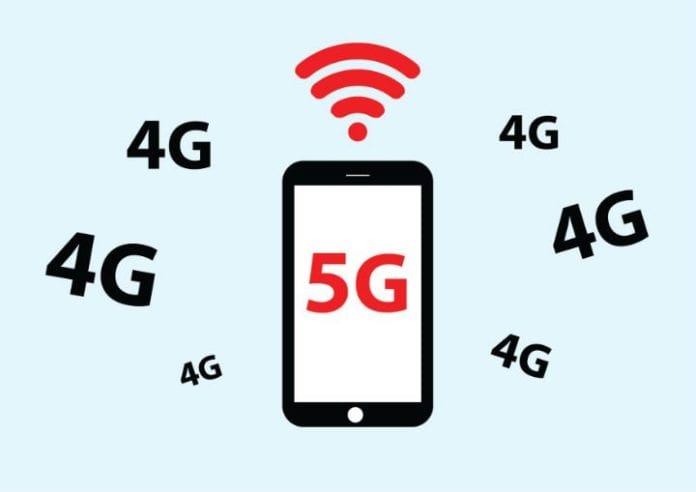Everyone is talking about it, but what will 5G be really like in a commercial environment?
Getting beyond the technical specifications, what “5G” will be in practice is nearly as confusing as digging into its planned technical specifications. In fact, some note the real purpose of 5G will be in somehow managing the growing complexity streaming into the mobile telecom space from various angles.
“5G has hit the market with so many facets unlike the somewhat linear fashion of previous technologies,” said Larry Davis, national sales manager at Anritsu.
Analysts note the complexity will include integrating a broader swath of spectrum across bands lower than 6 GHz, which will be seen as “low-band” spectrum, and that above 6 GHz known as “high-band” spectrum. In addition, there is likely to be some integration of unlicensed spectrum and new spectrum sharing models.
5G also is set to include greater use of multiple-input/multiple-output antenna technology, as well as beamforming capabilities to take advantage of millimeter wave spectrum bands. All of this will require a greater reliance on software as well, with carriers expected to move on virtualization technologies like software-defined networking, network functions virtualization and cloud platforms.
“5G will really be about how the industry and carriers can manage this increased complexity in the network,” noted Bill Ho, principal analyst at 556 Ventures. “Up until this point, most network technologies have been pretty standard in that they relied on familiar spectrum bands and familiar network topologies. 5G is really set to turn up the level of complexity and that could be one of the bigger challenges of 5G in commercial settings.”
Vendors acknowledge the increased complexity coming with 5G, but at this point seem confident the standards process is taking into account the ability to handle the advances.
“The stage where we are at now is that we have technical solutions that work,” explained Michael Murphy, CTO for North America at Nokia. “The next big steps are standardization and then cost points that make them more commercially viable.”
Nokia is currently working with a number of carriers on 5G network trials, including AT&T Mobility, Sprint and T-Mobile US.
Others note recent moves on prestandards work that is helping to propel the process and providing greater confidence that the eventual standard will be able to handle the complexity.
“There is an opportunity for a lot of technology to use multiple base station advances that have not really been used yet,” added Ian Wong, senior manager at National Instruments’ advanced wireless research group. “The progress is moving along and there has been more concrete things being decided and it shows some progress.”
While there is a lot of work still ahead in terms of nailing down 5G standards, many are looking to expedite the process. There is growing support for an accelerated process that could see at least some form of standards by mid-2017 at the earliest, though full standards are probably still more of a 2020 bet.
“In the standards process there are no surprises, there is nothing absolutely new that ‘oh we didn’t think about that’ or ‘we didn’t know you were thinking about it in that sense,’” said Durga Malladi, SVP of engineering at Qualcomm. “Now it’s the process of getting things done. You have to imagine a room in which there are 500 people and it’s a consensus building that takes time and, more importantly, patience. For those of us who have done this in the past, we know how it works, it takes time, but it’s also important to do that the right way. This is a technology that we expect to last over the next one-and-a-half decades or so. It’s not something you want to do in a hurry, but at the same time there’s a need to get some of the things done a little earlier. We are happy with how the process is going, but also have an interest in accelerating that a little bit.”
Bored? Why not follow me on Twitter
For more on the 5G topic, check out the RCR Wireless News Feature Report “Breaking down the 5G future.”

